(VERSION FRANÇAISE PLUS BAS)
West Indies Gherkin | id:22010 | Cucumis anguria | Certified Organic by Ecocert Canada | Annual | Open Pollinated | Heirloom
The ‘gherkin’, which bears many small, cucumber-like fruits covered in blunt spines, was a common crop in the Monticello vegetable garden. Thomas Jefferson recommended it to his brother, Randolph, in 1813: “the season being over for planting everything but the Gerkin. It is that by which we distinguish the very small pickling cucumber”. This was likely the West Indian Gherkin (Cucumis anguria), a native of Africa brought to the Caribbean through the slave trade, then reputedly introduced from Jamaica in 1792 by Richmond seed merchant Minton Collins. This plant was documented by Thomas Jefferson in his Garden Book, Notes on the State of Virginia, or other writings. The long, vigorous vines benefit from a support structure. Great for eating fresh, cooking or pickling.
Companion plants: Peas, Corn, Beans, Radish, Beets, Carrot, Onion, Marigold, Nasturtium, Sunflower, Oregano, Dill.
Far from: Potato, Sage, Mint, Melon.
Planting tip: Soak in warm water up to 24H & scarify for improved germination. Direct seed 1-2 weeks after last frost. Can also start indoors 4 weeks before the planting date.
Harvesting tip: Harvest when skin colour turns from green to light yellow. Let it ripen off the vine until it turns yellowish in colour.
Seed depth:1/2″ Direct, Plant spacing:12-24”, Row spacing:60″, Sun Level:3, Watering Level:3, Germination:3-10 days/jrs, 12-30°C Optimally:20-23°C, Days to maturity:65 days/jrs
(See envelop below)
Gaia Organics, 399 River Road, Ottawa, Ontario, Canada, K1V 1C9
(near Gatineau, Quebec) 613-219-8463
──────────────────────────────────────────────────
Cornichon ‘Gherkin’ des Antilles | id:22010 | Cucumis anguria | Certifié BIO par Ecocert Canada | Annuel | Pollination libre | Patrimoine
Ce ‘gherkin’, porteur de nombreux petits fruits ressemblant à des concombres recouverts d’épines émoussées, était une culture courante dans le potager de Monticello. Thomas Jefferson l’a recommandé à son frère, Randolph, en 1813 : “La saison étant terminée pour tout planter sauf le gherkin. C’est ce nom que nous donnons au très petit concombre à mariner”. Il s’agissait probablement du Cornichon des Antilles (Cucumis anguria), originaire d’Afrique et introduit dans les Caraïbes par le commerce des esclaves, puis réputé comme étant introduit de Jamaïque en 1792 par le marchand semencier Minton Collins de Richmond. Cette plante a été documentée par Thomas Jefferson dans son Garden Book, ‘Notes on the State of Virginia’ et d’autres écrits. Les vignes longues et vigoureuses ont besoin d’un trellis. Manger cru, cuit ou mariné.
Plantes compagnes: Pois, maïs, haricot, radis, betterave, carotte, oignon, souci, capucine, tournesol, origan, aneth.
Loin de: Patate, Sauge, Menthe, Melon.
Ensemencement: Tremper en eau chaude jusqu’à 24H et scarifier pour mieux germer. Semer directement 1 à 2 sem. après le dernier gel. On peut aussi démarrer à l’intérieur 4 sem. avant la date de plantation.
Récolte: Récolter lorsque la couleur de la peau passe du vert au jaune clair. Laissez-le mûrir sur la vigne jusqu’à ce qu’il prenne une couleur jaunâtre.
Profondeur de semence:1/2″ Direct, Entre les plants:12-24”, Entre les rangées:60″, Niveau de Soleil:3, Niveau d’arrosage:3, Germination:3-10 days/jrs, 12-30°C Optimal:20-23°C, Jours à maturité:65 days/jrs
(Voir l’enveloppe plus bas)
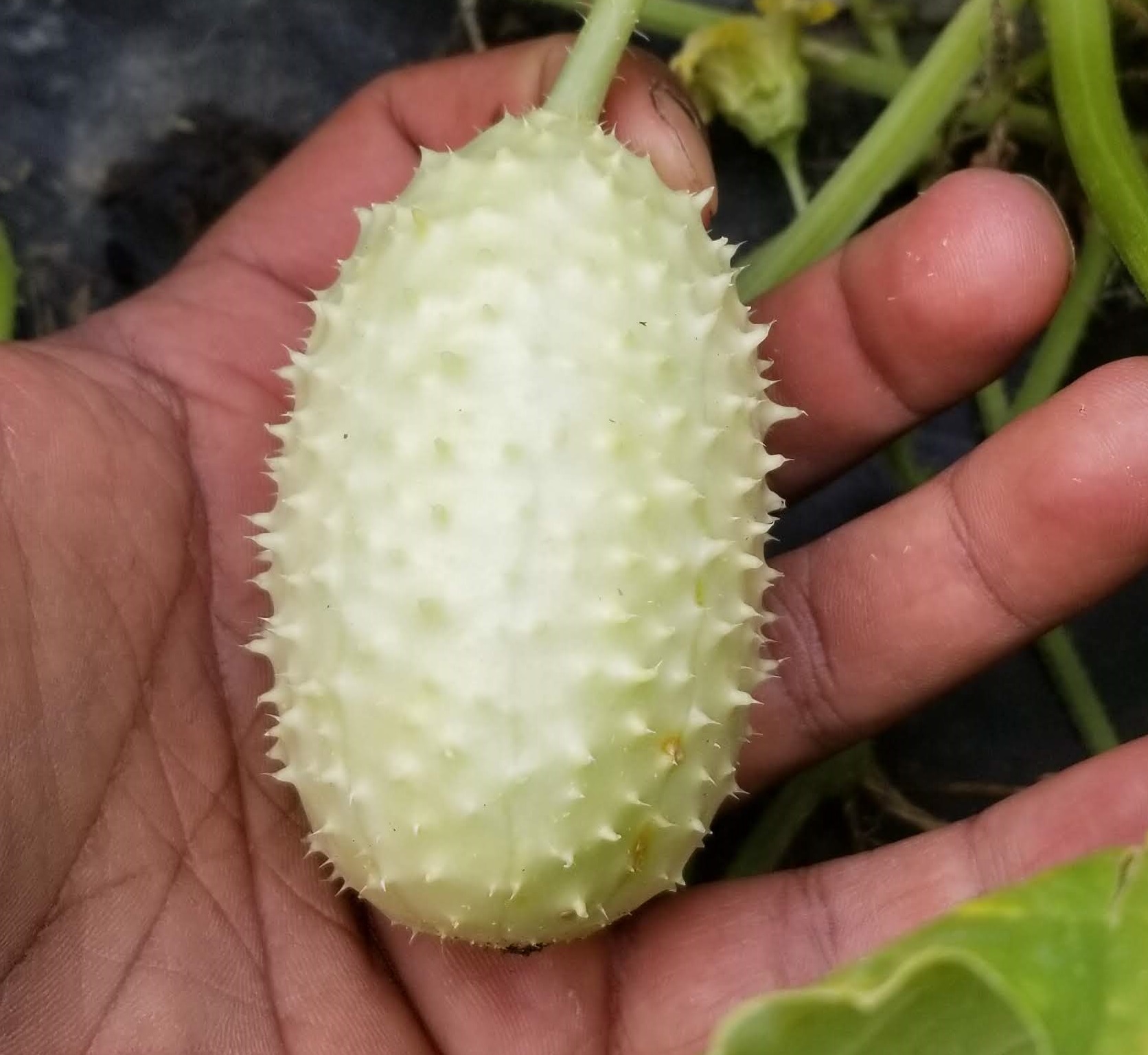

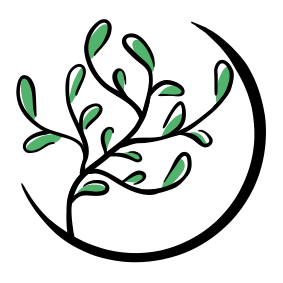




 1/2″ direct
1/2″ direct 12-24”
12-24” 60″
60″
 3-10 days/jrs
3-10 days/jrs

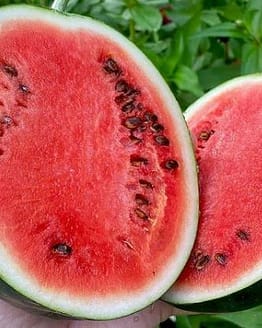
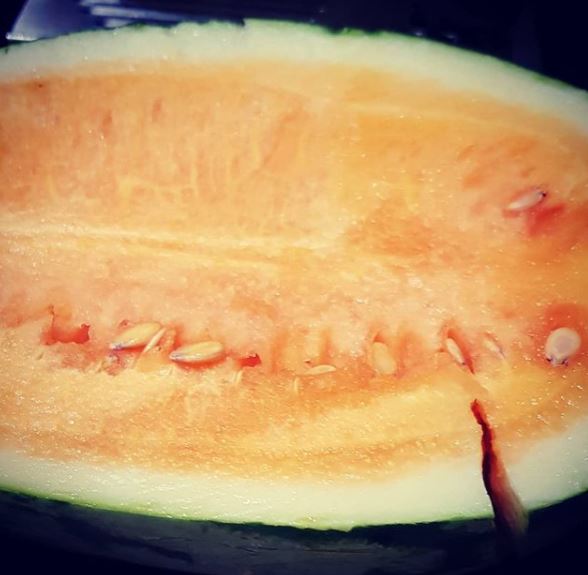
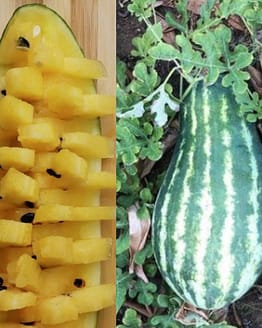
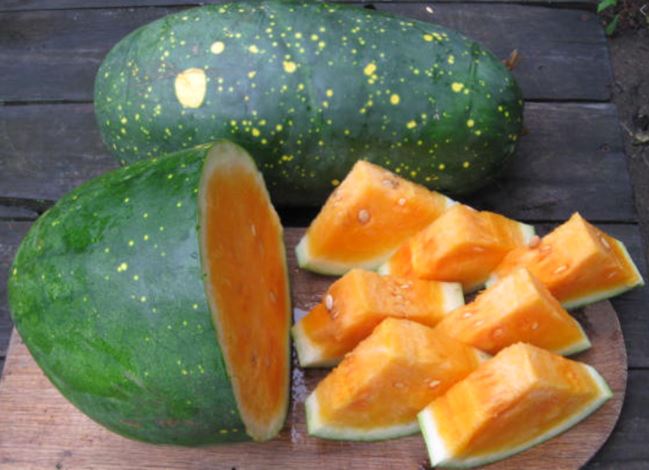
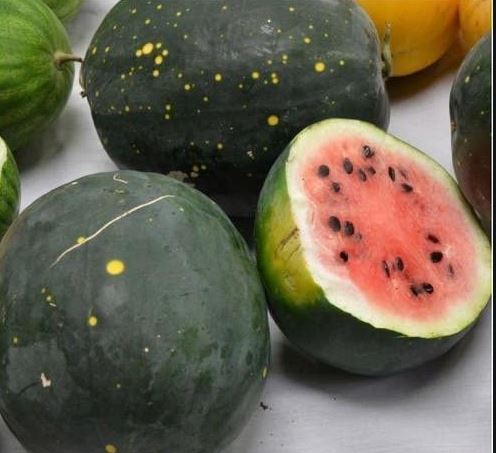
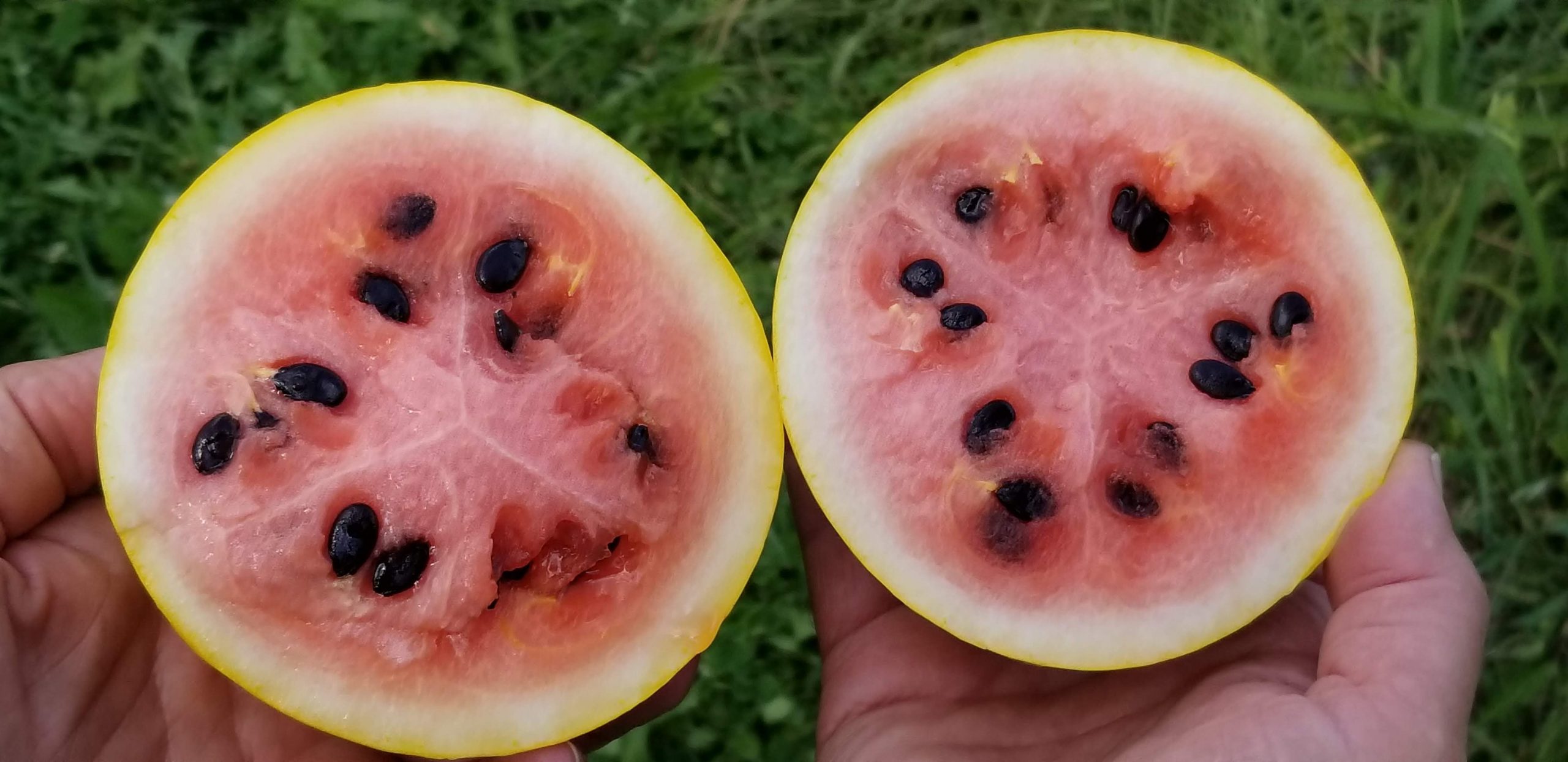
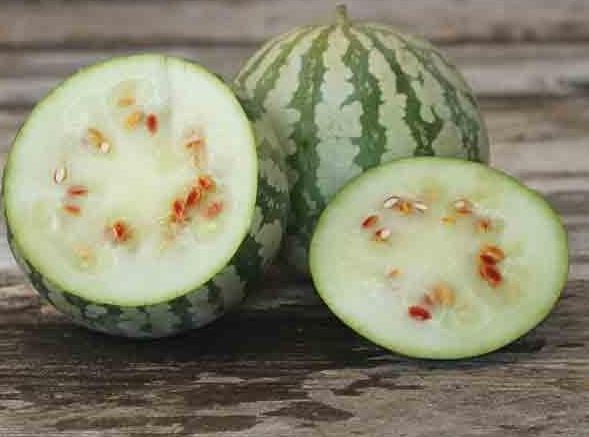
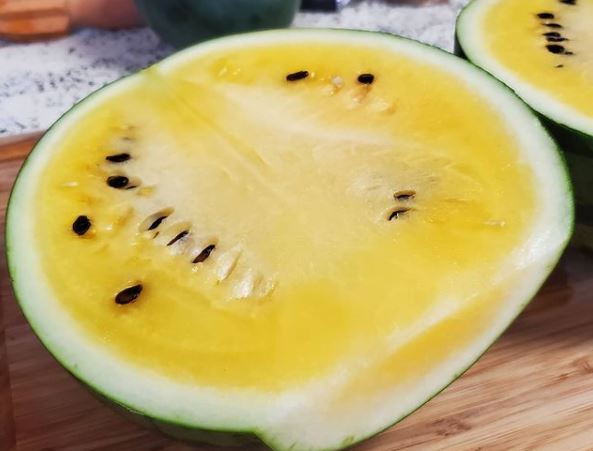
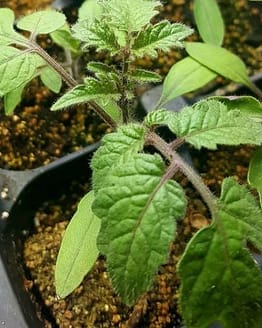
Reviews
There are no reviews yet.